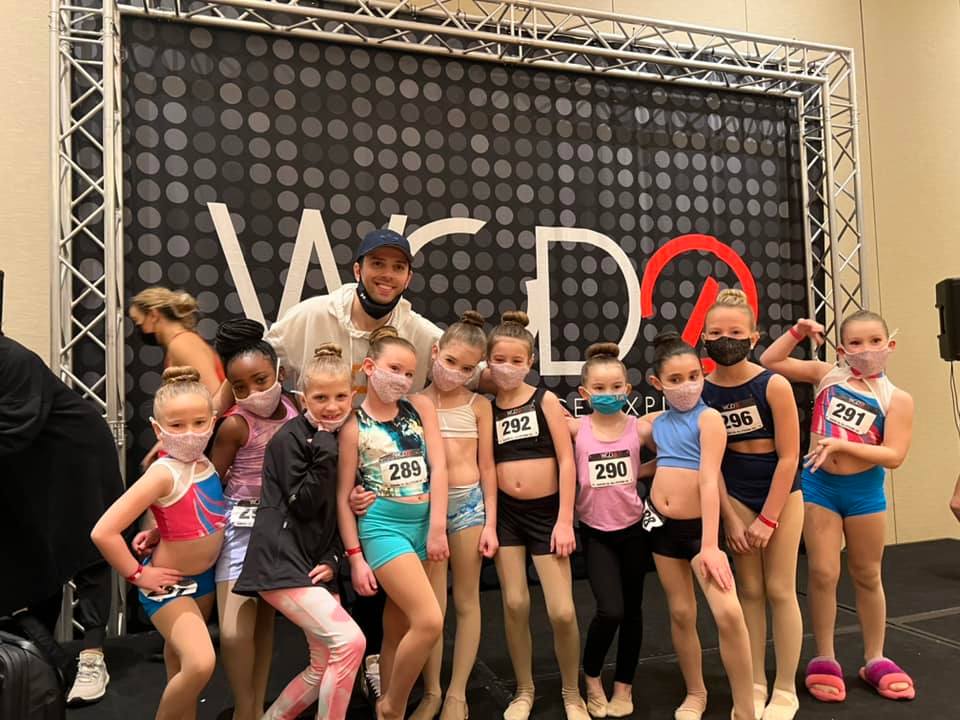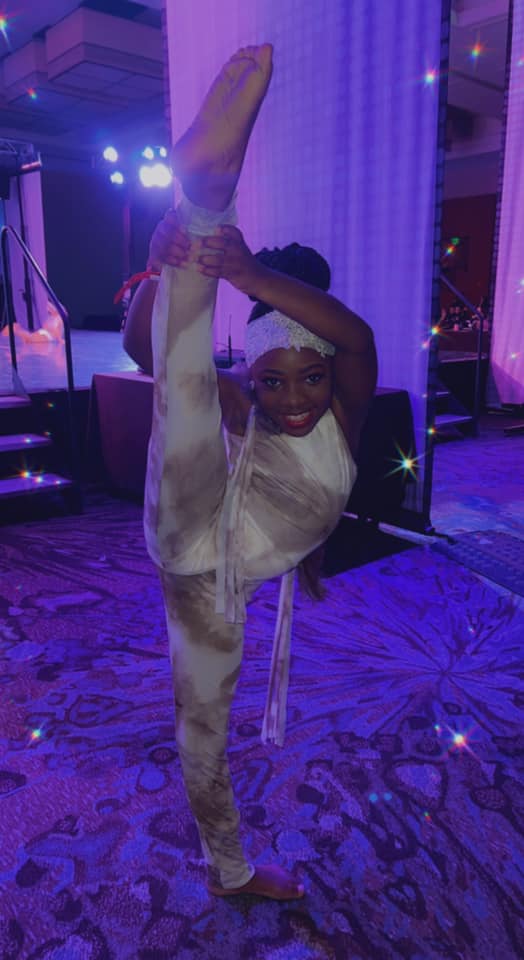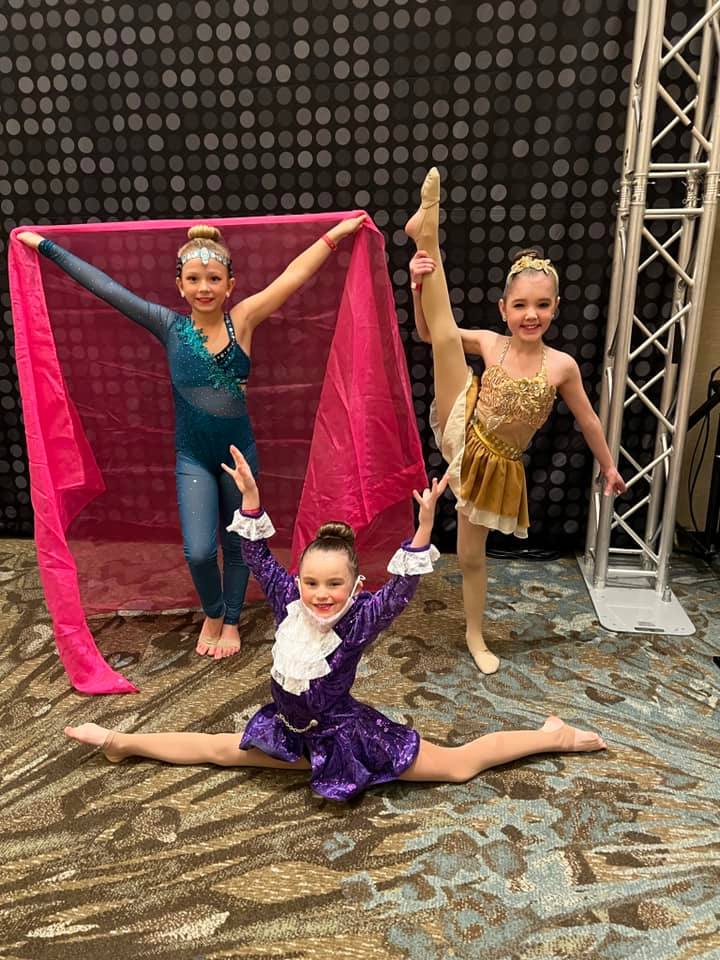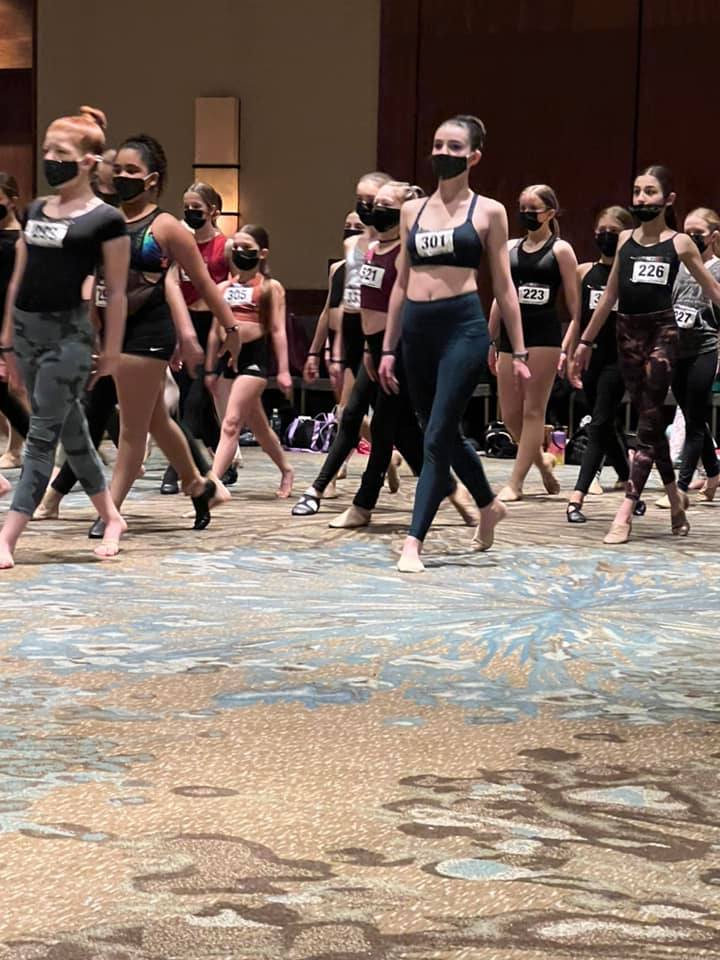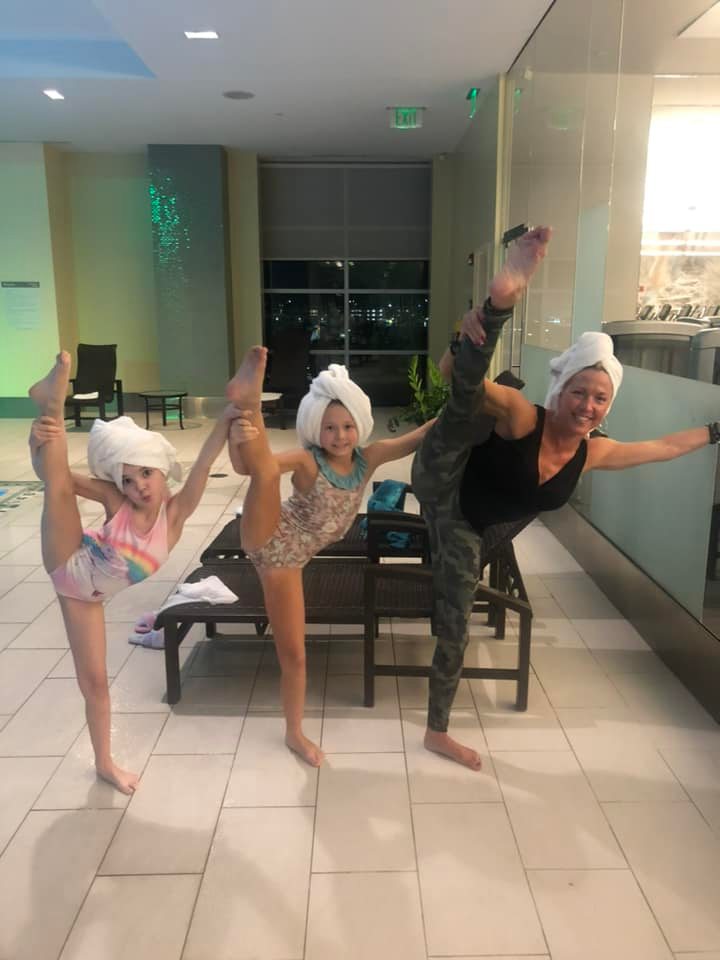It’s important to establish a close relationship with your child, and one of the greatest ways to achieve that is to organize things you can do together. Are you having problems thinking of new things to do with kids to keep things interesting?
We wish to assist. We’ve compiled a selection of our favorite arts and crafts that you and your kids will both enjoy. Continue reading for our top family-friendly activities.
- Balloon Figures
This is a craft that’s typically done with snowmen, but if you’re not like the wintery theme, you can adapt it for a variety of other figures.
You’ll require the following for this:
- Balloons
- Your choice of color (or colors) for the yarn
- Tape
- Glue (both hot glue and white school glue)
- Water
- Construction paper
- Markers
- Accessory items (varies based on your figure)
Have your kid inflate a number of balloons. For the majority of figures, two or three are required, one for each size that can be round rather than oblong. With some tape, secure the balloons together.
When you have a thin but sticky mixture of glue and a tiny bit of water, you are done. The yarn can be covered in glue by you and your child by dipping it into the glue and wrapping it around the balloons (there can be gaps, though).
- Paper Dolls
All ages will enjoy making this straightforward craft. You only need a long sheet of art paper, scissors, and markers (the longer the sheet, the more dolls you may construct).
The paper should be folded in half. Then fold in half one more using one of the “open” edges, then repeat with the opposite side. Continue doing this until you have one thin piece of paper that resembles the beginning of a paper fan.
Create a doll with your child with the markers. The doll should represent one-half of a figure, therefore a figure wearing clothing is a good place to start. Make sure the doll’s arm extends all the way to the paper’s edge.
When the paper is unfolded, your child will see a chain of dolls holding hands. Help your child cut around the figure. Let your child use markers to customize each doll.
- Shadow Boxes
You and your children will treasure this craft for a very long time. Imagine it as a 3-D scrapbook. You’ll require
- Wood
- Superglue
- Craft board or corkboard
- Paint
- Various photos, trinkets, and memory items
- A photo frame that fits your box with the back removed but the glass still attached
Your first task will be to construct a modest wooden frame. You can purchase pieces of cheap wood at most craft stores, and it works well for this. Making each piece approximately 1 foot long and 3 inches wide is a nice place to start. Attach them using superglue to create your “box.” After that, cut a piece of corkboard and attach it to the back.
- Yarn Critters
Children adore making this activity because it is so simple. Although many learn it at summer camps, you can practice it at home. Only yarn, scissors, glue, and googly eyes are required.
To keep the yarn in place, have your child hold out their hand while you have them wrap it around their middle finger. Allow them to wrap the yarn around their fingers after that. The final length will depend on how wide they spread their fingers.
You can create a yarn creature by adding googly eyes!
To create the shape of a human, you can build a larger ball and glue it to the smaller one. By placing a layer of tulle in the middle, you can add a dress. You have a ballerina yarn critter!
- Rainbow Decorations
This simple rainbow decoration is something your child will enjoy making. All you need is a pack of cotton balls and rainbow-colored streamer paper strips.
Allow your youngster to separate the cotton balls so that they are no longer rolled up into balls. They don’t have to be flat, just “puffed out.” Work together since you need a lot of them.
Start adhering these cotton pieces together after that. While the center should not be immaculate, you should be more strategic as you move outward to give the impression of a fluffy cloud. Work your way out and keep adding cotton until your cloud is the size you want.
Your child should help you cut the streamer paper into long strips and glue them to the back of the cloud so that it resembles a hanging rainbow from the front. If you’d like to hang it in their room, you can add a loop on the back.




